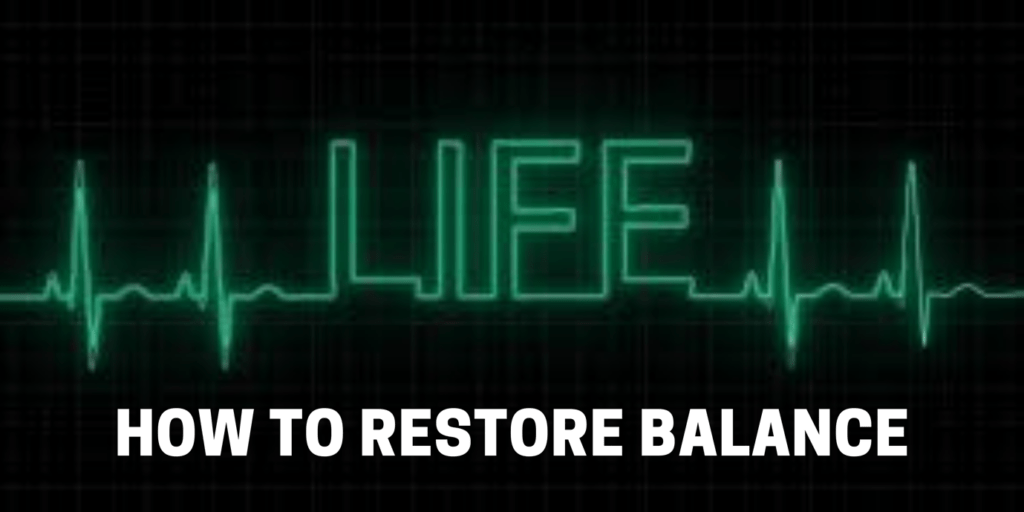
To all leaders out there, I am worried about you. From the onset of the pandemic, I have observed how many burdens you carry. By now, we are getting a pretty good idea that this is not a race to the end, but a marathon, which dictates of us to relearn a new way of sustaining ourselves through impossible pressures.
In coaching leaders across a wide variety of industries globally, there has been a distinct change in the kind of conversations we now have. I have felt a disconnect in many, sensing misalignment between what they want and what they really need. For some, tackling the root cause of the issue has felt like a breath of fresh air, whereas for others it has unfortunately become a last resort before throwing the towel and giving up all together.
I often get asked why I choose to coach Executives and Leaders, and my answer has always been the same – as I see it, leaders are like tsunamis in organisations. Every little action that the leader takes, can have an incredible ripple effect, and can change the landscape in the entire organization quickly, effectively, and easily. I always joke that leaders control the weather – meaning that leaders have excessive influence on the climate of their organizations. As one can imagine, as leaders show up, so will their teams.
If they show up sunny and bright, their teams are likely to be full of positive energy. Yet if they show up stormy and cloudy, everyone around them is more likely to buckle up and shelter from the storm. Based on this, which teams do you think will perform better and produce more outstanding results? For that reason, no matter how hard and impossible our current circumstances may be, it is critical that leaders make a conscious effort to consistently show up at their best.

The human body has two main nerve pathways that control our mental state, feelings and behaviours. These are the sympathetic (fight or flight) pathways and the parasympathetic (rest and digest) pathways. By understanding the nature of these pathways and the inputs that affect them, we can engage our biology to help positively impact our team, businesses, clients, and ourselves.
Unfortunately, the pace and demands of business and life make it challenging for leaders to slow down. The constant stream of input via email, text, and chat. The 24/7 capability to stay constantly connected. The seemingly endless schedule of virtual and physical meetings. The widespread expectation to do more with less. And commitments to family and friends can leave executives in a chronic state of fight or flight.
Their sympathetic nervous systems are on overdrive, and while they aren’t under immediate physical threat, the constant stream of input and worry about whether they are meeting all their commitments causes their bodies to respond as if they are. The result is that blood pressure and stress hormones rise. The immune system weakens, the digestive system slows, and growth hormone levels drop. The impact on productivity and professional effectiveness is dramatic. More importantly, the impact on overall health and life expectancy is severe.
The sympathetic (SNS) and parasympathetic (PSNS) nervous systems act like the accelerator and brakes on a car. The sympathetic system is the accelerator, always ready to rev up and take us out of danger. The parasympathetic system is the brakes, slowing us down when danger isn’t present. It works to relax and slow down the body’s response, whilst conserving energy. The two branches of the autonomous nervous system also have opposing activity: when one is active the other one is deactivated and vice versa.

There are many techniques that a person can use to strengthen and activate their parasympathetic nervous system, causing a relaxation response in their body. Here are 7 fixes to restore the balance between your SNS and PSNS:
- Reduce Stress
Stress is everywhere. Good health depends on removing or reducing whatever stressors we can control and reducing our reactions to those we can’t.
Most leaders have calendars that are packed to the brim, and most acknowledge they often show up for their sixth or seventh meeting of the day unprepared and not ready to give it their best. Is every meeting essential and necessary? Take a look at the use of your time and prioritize finding time to slow down and activate your PSNS.
2. Meditation
We can’t remove all external stress, and meditation is the best way to decrease our reactivity to stress we can’t control. It teaches us to ignore triggers. It reduces our breathing, slows our heart, and decreases our blood pressure – all signs of PSNS activation.
3. Massage
Regular massage has been shown to restore balance between SNS and PSNS. Massage makes us stronger, calmer, and more able to fight infection. By activating the PSNS, massage promotes recovery. It retrains the body to move more readily into PSNS even when we’re stressed.
4. Breathing
Slowed breathing is a hallmark of PSNS. Slowing your breathing intentionally tells your SNS than things are okay. This activates the PSNS.
Studies recognize that breathing is critical to reducing mental chatter and increasing clarity of thought. Unfortunately, most of us don’t know how to breathe. You’re breathing the right way when your belly expands on the inhale and contracts on the exhale. Navy SEALS are trained in a breathing exercise called 4x4x4. It’s a four-count on the inhale, a four-count on the exhale, repeated for four minutes. This routine helps them balance their fight-or-flight reflex and rest-and-digest responses, so they can calmly make the lightning-fast decisions they need to in the heat of battle. The same practice works for leaders.
5. Yoga
Daily or weekly yoga classes, or even a quick yoga video at home, will improve your strength, flexibility and breathing, as well as activating your PSNS.
6. Movement
Intense exercise stimulates our SNS, but walking or light jogging can decrease SNS activity and activate our PSNS. The key is moderation and measurement.
The latest studies show that sitting is the new smoking. Most professionals sit for hours a day; the impact on our health, wellbeing, and life expectancy is roughly the same as smoking a pack of cigarettes every day. For physiological wellbeing and overall effectiveness, everyone needs to get up and move for five to ten minutes every hour. It doesn’t have to be anything complicated – walking down the hall or some simple stretching will do.
7. Reflection
There are many ways to reflect on a regular basis; one that has proven to be accessible for just about everyone I work with is to reflect on what in their life they’re grateful for. The stresses of executive leadership are well known. There are days when it feels like absolutely everything is going wrong. On those days, you can ask yourself “What’s going right?” because there are almost always things that are going right. The act of shifting your thinking to what you’re grateful for mitigates the fight-or-flight response and the intrinsic interference that comes with it. When that happens, leaders are in a much better position to align with their purpose by leading and living at their best.
Other ways include spending time in nature, playing with animals or children, taking time to enjoy hobbies, or prayer. I specially enjoy saunas and guided mediation before going to sleep.

Our modern lifestyle demands a strong and constant sympathetic activity with few inactivity or resting moments. A big challenge currently is to train the autonomous nervous system to flexibly switch between the two branches in order to maintain balance and mental health.
We are overworked and overwhelmed, and the unrealistic idea of work-life balance is no longer an option. We must instead look at life as a whole as a rhythm, which keeps changing. It speeds up. It slows down. In the end, if we can learn to make those elements work together, it is more likely that we can live at our best, and, consequently, lead at our best.
Over to you now. Ask yourself these questions:
- How am I at my best?
- What are the routines that I need in my life to make it more likely that I’ll live and lead at my best?
- What do I need to adjust to stay on course?
Fortunately, there are simple things that leaders can do to prevent chronic fight-or-flight with routines that activate the rest and digest response of their parasympathetic nervous system. The most effective leaders hit the sweet spot between the gas pedal of fight-or-flight and the brakes of rest-and-digest. Adopting simple routines that activate the parasympathetic nervous system can help leaders mitigate and lessen the impact of the chronic fight-or-flight that the demands of their life can induce, so they can become effective, high-performing leaders that live and lead at their best.



